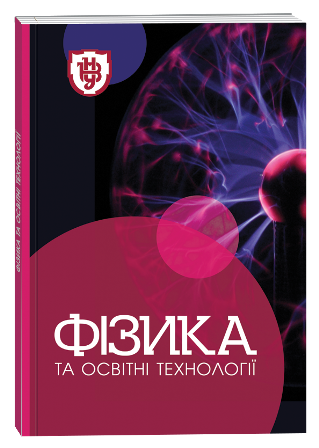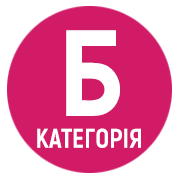COMPUTER SIMULATION IN THE TRAINING OF FUTURE TEACHERS OF PHYSICS, MATHEMATICS AND INFORMATICS
DOI:
https://doi.org/10.32782/pet-2022-2-9Keywords:
JavaFX, information competence, simulation, computer simulation, computer modelAbstract
The article reveals the didactic possibilities of computer modeling in the process of professional training of future teachers of physics, mathematics and computer science. It was established that at the current stage of informatization of education, interdisciplinary knowledge, new information technologies and the ability to use them in the educational process occupy an important place. The preparation of a modern specialist capable of lifelong learning is impossible without the ability to apply scientific methods of cognition in the educational process, to carry out integrated training of students. It is established that the development of physics and other sciences takes place in close unity with the development of the modeling method. Modeling in the educational process simultaneously acts as a method of scientific knowledge, is part of the content of the educational material of various disciplines (subjects) and an effective means of their study. The role of the modeling method in the science and educational process has especially increased with the advent of computer models. Using models that are implemented with the help of software, the researcher can change the relevant parameters of the object under study, establish functional dependencies between the relevant values, etc. At the same time, in order to master modeling as a method of scientific knowledge, it is not enough for a student (pupil) to familiarize himself with the concepts of model and modeling, to conduct research using computer models. It is necessary that students (pupils) be involved in the process of creating computer models. This will allow students (pupils) to familiarize themselves with the stages of building computer models, to better understand the essence of the logical relationship between the original and the computer model. It has been established that one of the tools for creating computer models in the Java programming language is the JavaFX technology. It allows you to create applications using visual effects, image transformation and animation, a declarative way of describing the interface using the FXML markup language, styling the interface using CSS, etc. The process of creating a computer model based on JavaFX is illustrated in the laboratory work "Movement of gas molecules under the influence of gravity", which students perform while studying the course "Modeling of physical phenomena and processes".
References
Горбатюк Р.М. Комп’ютерне моделювання у підготовці фахівців з вищою освітою. Ukrainian Journal of Educational Studies and Information Technology. 2015. Vol. 1. С. 33–42.
Калапуша Л.Р., Муляр В.П., Федонюк А.А. Комп’ютерне моделювання фізичних явищ і процесів : навч. посіб. для студ. вищих навч. закл. Луцьк : РВВ «Волин. нац. ун-ту ім. Лесі Українки», 2007. 192 с.
Компетентнісний підхід у сучасній освіті: світовий досвід та українські перспективи: Бібліотека з освітньої політики. Під ред. О.В. Овчарук. К. : К. І. С., 2004. 112 с.
Машнин Т.С. JavaFX 2.0: разработка RIA-приложений. СПб. : БХВ-Петербург, 2012. 320 с.
Муляр В.П. Розробка JavaFX-додатків із використанням Scene Builder. Комп’ютерно-інтегровані технології : освіта, наука, виробництво. Луцьк, 2020. Вип. № 39. С. 181–189.
Мястковська М.О. Комп’ютерне моделювання як ефективний метод посилення міждисциплінарних зв’язків. Збірник наукових праць Кам’янець-Подільського національного університету імені Івана Огієнка. Серія : Педагогічна. 2014. Вип. 20. С. 289–291.
Семеріков С.О. Фундаменталізація навчання інформатичних дисциплін у вищій школі: Монографія. Наук. ред. академік АПН України, д. пед. н., проф. М.І. Жалдак. Кривий Ріг : Мінерал; К. : НПУ ім. М.П. Драгоманова, 2009. 340 с.








